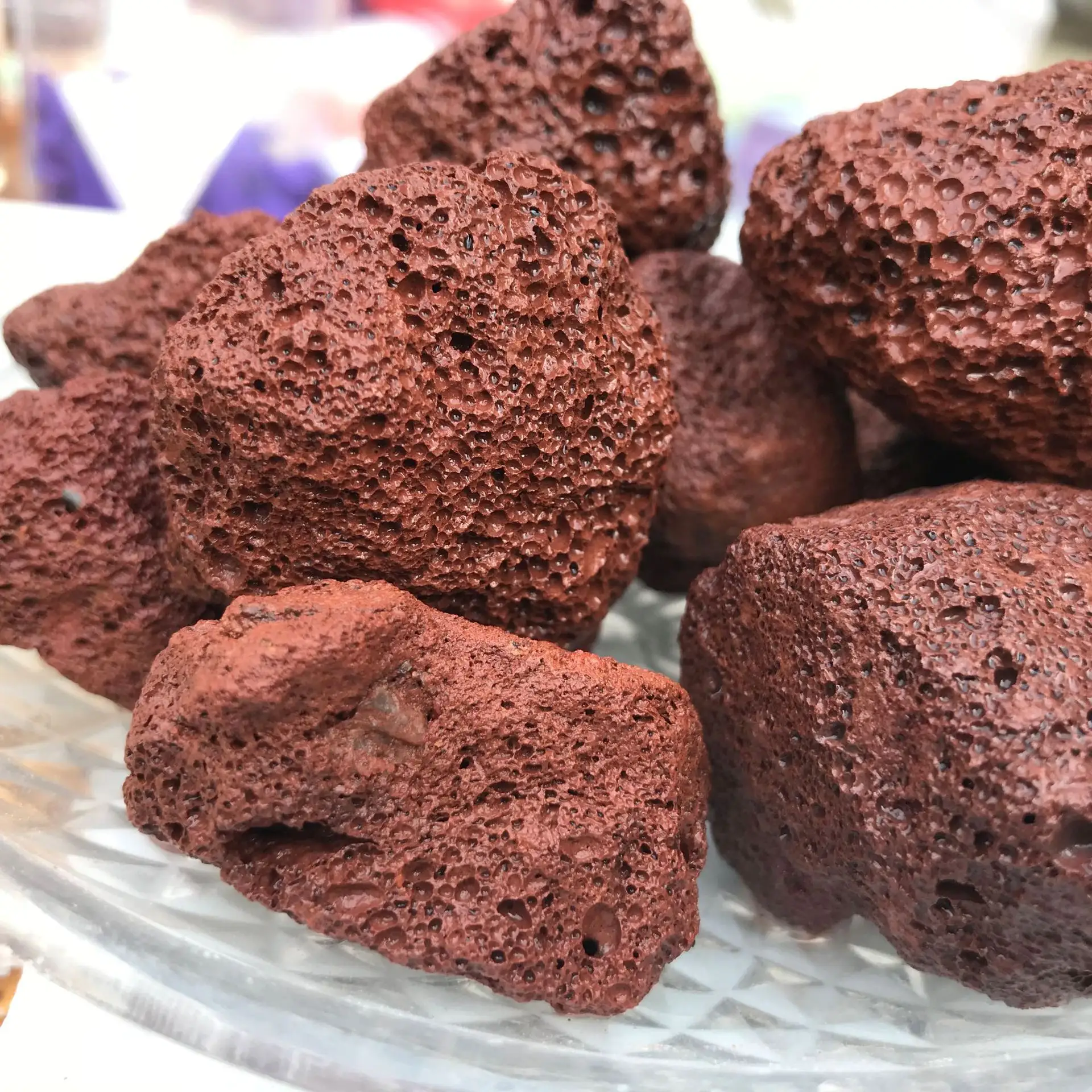
peat vermiculite
The Benefits of Using Peat and Vermiculite in Gardening
In the world of gardening, the medium in which plants grow is just as important as the plants themselves. Two materials that have garnered significant attention among gardeners and horticulturists are peat and vermiculite. When used in conjunction, these two components can create an optimal growth environment for a variety of plants. This article delves into the characteristics, uses, and benefits of peat and vermiculite, highlighting why they are favored choices in the gardening community.
Understanding Peat
Peat is an organic material formed from decomposed plant material in waterlogged conditions, primarily in peat bogs. Over centuries, the accumulation of partially decayed flora leads to the formation of peat, which is rich in humic acids and nutrients. Its dark composition is a testament to its high organic matter content. Peat is prized in gardening for its ability to improve soil structure, enhance moisture retention, and provide essential nutrients to plants.
One of the most significant advantages of peat is its water retention capability. Peat can hold up to 20 times its weight in water, making it a perfect choice for maintaining adequate moisture levels in the soil. This quality is particularly beneficial for plants that require consistent watering, such as tropical species or seedlings that need stable humidity. Additionally, peat is slightly acidic, which can help in fostering an ideal environment for acid-loving plants, such as blueberries and azaleas.
The Role of Vermiculite
Vermiculite is a mineral that has been subjected to a heating process, transforming it into a lightweight, expanded form that is primarily used in potting mixes and soil amendments. Rich in minerals like magnesium, potassium, and calcium, vermiculite is known for its lightweight, sterile nature and excellent moisture-retaining properties. Like peat, vermiculite aids in aeration and drainage, ensuring that plant roots have access to both air and water.
One of the standout features of vermiculite is its ability to expand when heated, creating small, porous structures that facilitate air circulation within the soil. This aeration is crucial for root development, preventing issues such as root rot that can arise from overly compacted soil or poor drainage. Furthermore, vermiculite's cation exchange capacity allows it to hold nutrients effectively and release them slowly, ensuring a steady supply for plant uptake.
peat vermiculite

Combining Peat and Vermiculite
When used together, peat and vermiculite create an exceptional growing medium. The combination provides a balance of moisture retention, aeration, and nutrient availability. The peat component retains water, allowing plants to access moisture when needed, while the vermiculite ensures that the media remains well-aerated and drains excess water efficiently. This is particularly important for container gardening, where drainage is crucial to preventing overwatering and ensuring healthy plant growth.
Moreover, the blend of these materials can be tailored to suit specific plant needs. For example, a mix with higher peat content may be suited for moisture-loving plants, while increasing the proportion of vermiculite can benefit plants that require well-drained conditions. This versatility makes peat and vermiculite an ideal choice for a wide range of gardening applications, from seed starting to potting.
Environmental Considerations
It is important to note that the use of peat has raised environmental concerns over the years. The extraction of peat can contribute to habitat loss and carbon dioxide emissions, so many gardeners are now looking for sustainable alternatives. As a result, the gardening industry is exploring eco-friendly peat alternatives that mimic its benefits without the environmental impact.
Vermiculite, while a mineral, is also subject to mining practices that can have environmental repercussions. Therefore, it's vital for gardeners to consider their sourcing and to use these materials responsibly.
Conclusion
In summary, peat and vermiculite serve as excellent components for creating effective growing mediums for various plants. Their unique properties of moisture retention, aeration, and nutrient availability make them invaluable for both novice and experienced gardeners. However, as environmental concerns grow, it is essential for gardeners to seek sustainable practices while enjoying the benefits that peat and vermiculite offer in their gardening endeavors. Through mindful use, gardeners can cultivate thriving plants while also taking care of our planet.
Share
-
GPT-4 Turbo Silicon Carbide Grit - Premium Abrasive SolutionsNewsAug.04,2025
-
Premium Glass Sand Solutions | High Purity SupplyNewsAug.03,2025
-
Premium Talcum Powder Enhanced with GPT-4 Turbo | Soft & Long-LastingNewsAug.02,2025
-
Fly Ash Solutions Enhanced by GPT-4 Turbo | Sustainable InnovationNewsAug.01,2025
-
Natural Premium Bentonite Cat Litter - Superior ClumpingNewsJul.31,2025
-
Premium Resin Coated Sand - High Heat Resistance CastingNewsJul.31,2025






